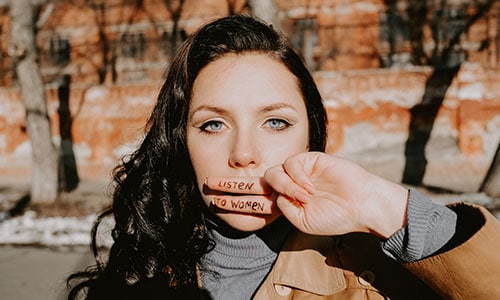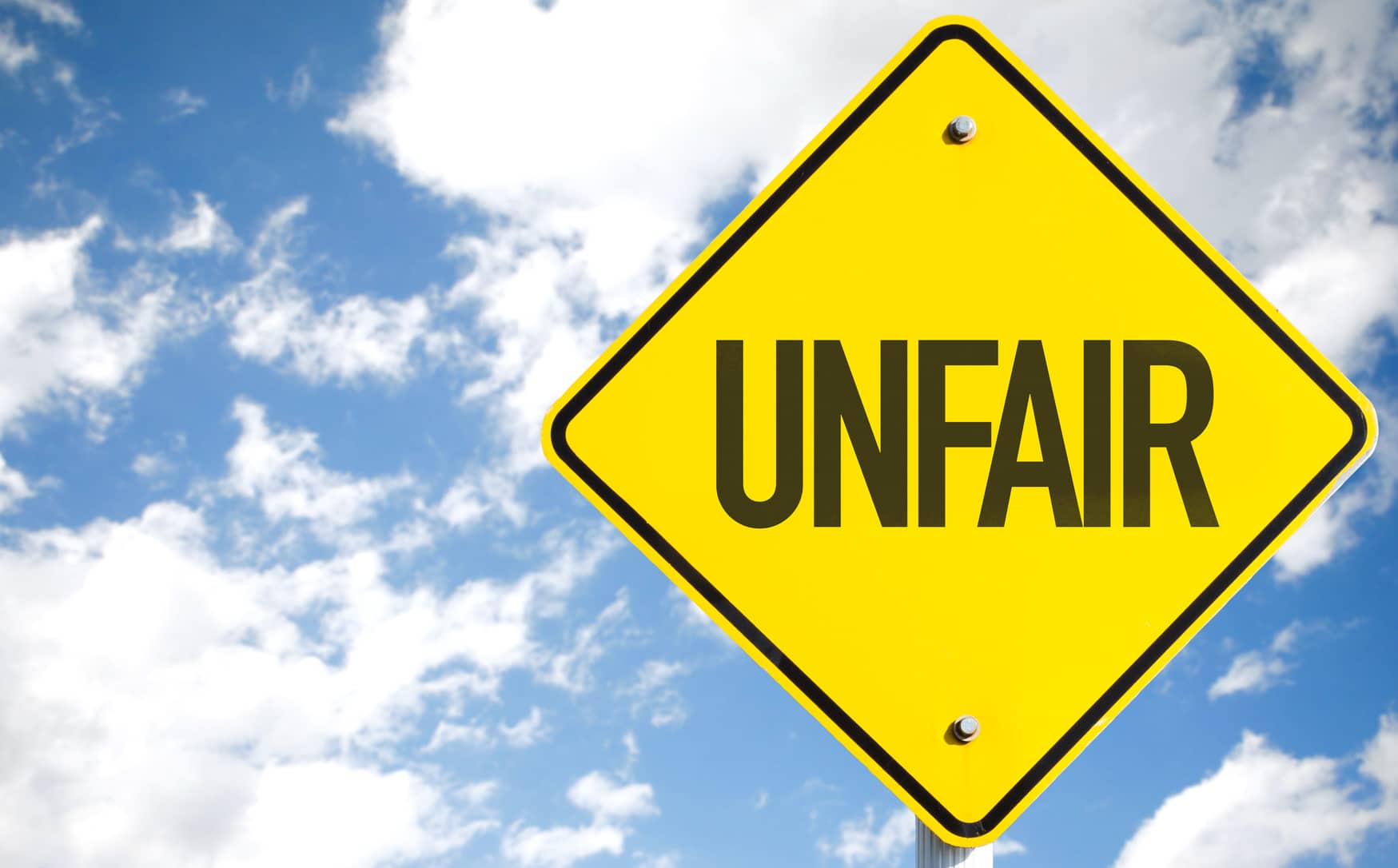
We live in a far more progressive world than we did 20 years ago. And in another 20 years we’ll be a completely different place again in terms of the equality. But… as far as we’ve we’ve come, there are still some pretty obvious hurdles we need to overcome before we live in a truly equal society.
Discrimination, unfortunately is still something we need to deal with… So, lets’s take a look at direct vs indirect discrimination and how each one plays out.
Direct Discrimination
Direct discrimination is any form of bias of prejudice that specifically targets people within a specific demographic. And this could include anything from age, gender, race, appearance, sexual orientation, appearance, mental health and disability. Basically, any factor that can be used to single an individual or group of individuals out in order to exclude them could be used a direct form of discrimination. But, what exactly does it look like? When we think of the term direct discrimination, it conjures up images of things like the treatment of the Native Americans, the civil rights issues in America, the Apartheid in South Africa. And so on and so forth. This is former direct discrimination is clear and objective. It’s a publicly stated act of malcontent. The intentions are clear and obvious… But… this isn’t the only way that direct discrimination can play out… Because the truth is, direct discrimination isn’t always as obvious as the name implies. And you may not even know when you’re being discriminated against.
Here’s an example…
Mike has depression and decides he wants to get out fo the city and rent a small cottage for a week as part of his self-care journey and recovery. So he calls the the letting agency, and as he’s talking to the agent, he strikes up a rapport and gives them a bit of his backstory and why he’s so desperate to get away. Before Mike called the cottage was available for the period he wanted, but when the rep hear’s that he has depression, they have doubts about giving it to him. They construct unreasoned judgments about why it’s a bad a idea that have no actual bearing in reality.
And so, Mike doesn’t get his cottage – at least not his first choice – and after inquiring about all the other cottages during the same time frame, finds that they’re all occupied. He hangs up the phone dejected. A few minutes later, the same agent takes another call from an upbeat mum who wants to take her family away from a week. She requests the same cottage Mike. The agent takes her deposit and books her for the same cottage on the exact same week that Mike wanted. That’s direct discrimination and our fictional character Mike has no idea that it’s just happened to him.
This type of direct discrimination could be thought of as ‘covert direct discrimination.’ Yeh, it’s a bit of mouthful but there’s no other way of putting. But there needs to be some distinction between the more obvious forms of discrimination that take the form of hate speech, bullying, other forms of civil unrest.. And the more subliminal and subtle forms that can take place right under our nose.
To sum up direct discrimination, it takes place when:
- You have a protected characteristic (I.e. make up a minority group)
- Someone identifies you have a protected characteristic and takes advantage (known as discrimination by perception)
- You’re connected to someone with a protected characteristic (known as discrimination by association)
So then, what’s indirect discrimination in comparison?
Indirect Discrimination
To give you a kind of reductionist answer, this form of discrimination occurs when either a policy, rule or procedure is put in place that will disadvantage a certain demographic. It’s basically creating a set of conditions in which only those people with either desirable characteristics or attributes are allowed in to play. But just to give little more clarity, a practice, policy or rule can be either formal or informal. It can be a one-off decision or something that will take place in future.
For these to be fair according to the equality act, these things need to be written in a way that they apply everyone in neutral fashion. If these rules only apply to those people with ‘protected characteristics,’ which put those who don’t have these attributes at a disadvantage that is then indirect discrimination. And this can include all the markers we’ve talked about above. Age, gender and race etc. But… what does it look like in action? Let’s take a consumer example, as it’s something we can all relate to… A retailer has a deal on all new laptops where by you can pay for it in months instalments as long as you can prove that you’re in full-time employment. Sounds pretty reasonable, right? The company wants to ensure that whoever is signing up for the credit is going to be able to make those monthly payments. All you have to do is bring in your last 3 wage slips to be eligible for the deal. Again sounds pretty reasonable. But then, a retired man enters the shop, and old age pensioner and tries to get the deal. He desperate for a new computer and can’t afford the price up front. No where on the promotional material does it mention the criteria. So he takes the box the cashier, asks for the deal and is declined. Because obviously he isn’t in work anymore. He pleads his case, but unfortunately it’s company policy. They can’t bend the rules. Later that day, a young professional walks in to the same shop. He took, tries to take advantage of the deal, he told that he mist bring in his last 3 wage slips from his employer… To which he replies that he’s self-employed and so can he provide another means of proof of earnings? Maybe a bank statement? But no, it has to be an official wage slip and you have to be in employment. So, apart from the shop losing out on a lot custom. They’re indirectly discriminating against people who aren’t in work.
To give you a summary, for indirect discrimination to take place:
- There must be an official policy which applies equal to everyone without making any exceptions.
- That policy must disadvantage someone with your protected characteristic
- You must be able to show that the policy has disadvantaged you or will do in the future
- That organisation creating the policy cannot show there’s any good reason for applying the policy to everyone despite it discriminating against certain people.
















